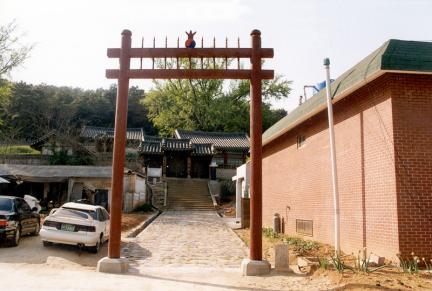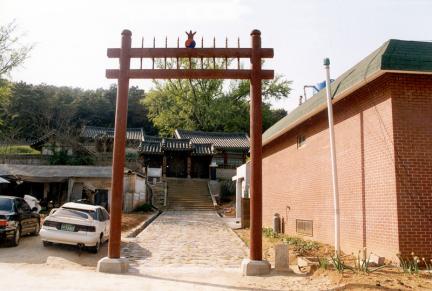우리지역 국가유산
경기도 문화유산자료
남양향교 (南陽鄕校)Namyanghyanggyo Local Confucian School
| 분 류 | 유적건조물 / 교육문화 / 교육기관 / 향교 |
|---|---|
| 수량/면적 | 일곽 |
| 지정(등록)일 | 1983.09.19 |
| 소 재 지 | 경기도 화성시 글판동길15번길 18-3 (남양읍) |
| 시 대 | 1397년 |
| 소유자(소유단체) | 경기도 향교재단 |
| 관리자(관리단체) | 경기도 향교재단 |


경기도 문화유산자료
남양향교 (南陽鄕校)Namyanghyanggyo Local Confucian School
| 분 류 | 유적건조물 / 교육문화 / 교육기관 / 향교 |
|---|---|
| 수량/면적 | 일곽 |
| 지정(등록)일 | 1983.09.19 |
| 소 재 지 | 경기도 화성시 글판동길15번길 18-3 (남양읍) |
| 시 대 | 1397년 |
| 소유자(소유단체) | 경기도 향교재단 |
| 관리자(관리단체) | 경기도 향교재단 |

ⓒ 2000. KOREA HERITAGE SERVICE. ALL RIGHTS RESERVED.



 국가유산
국가유산


